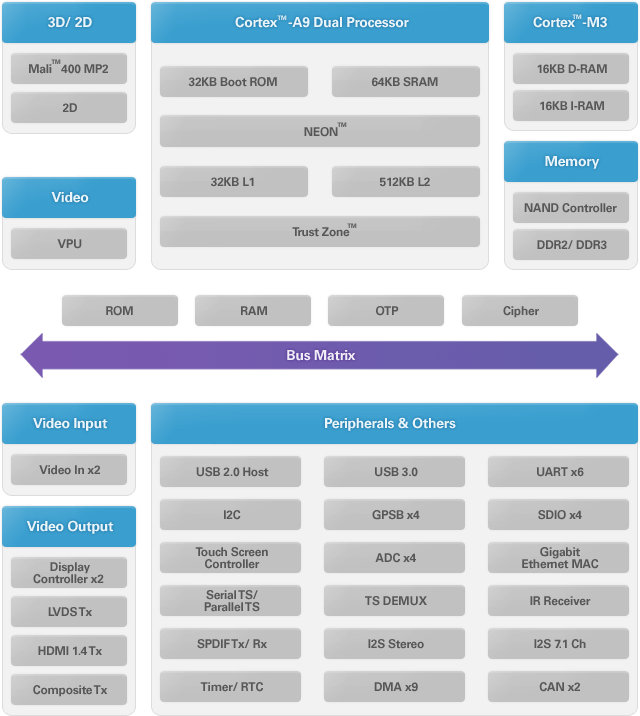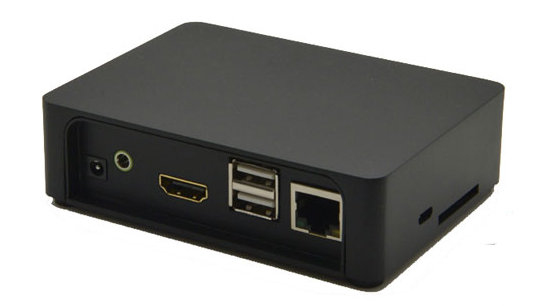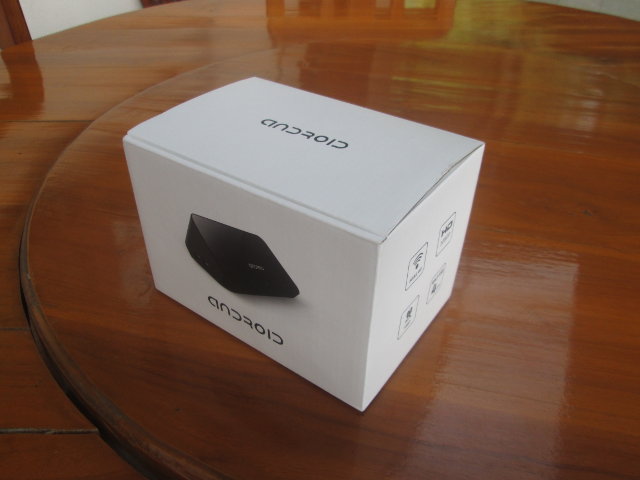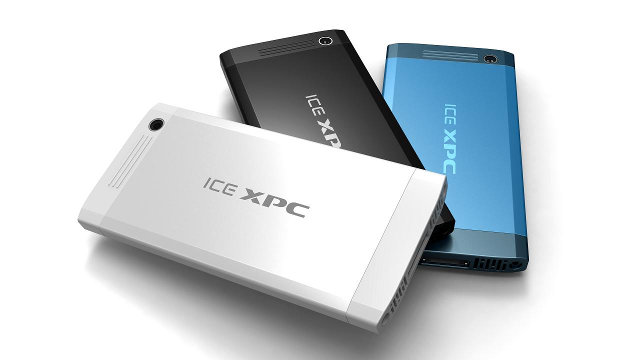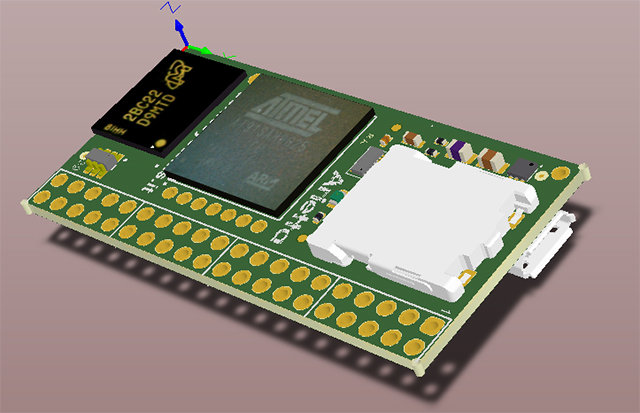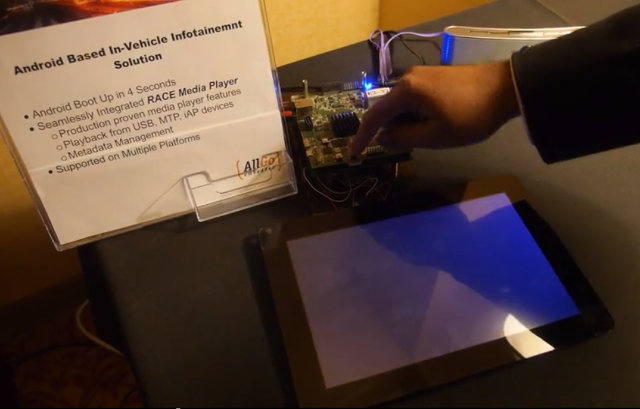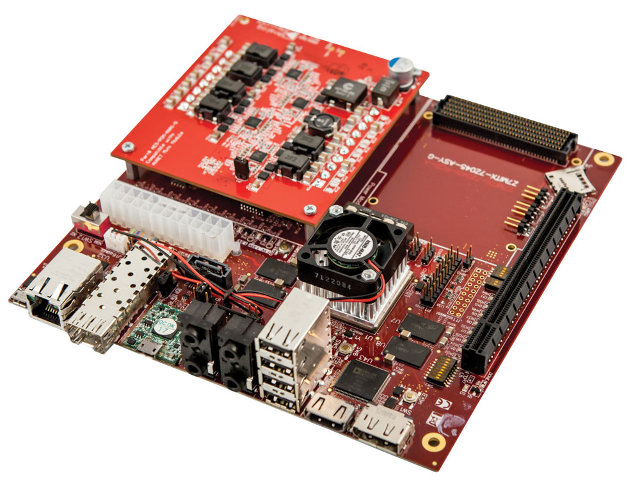Linus Torvalds announced the release of Linux Kernel 3.13 yesterday: The release got delayed by a week due to travels, but I suspect that’s just as well. We had a few fixes come in, and while it wasn’t a lot, I think we’re better off for it. At least I hope so – I’ll be very disappointed if any of them cause more problems than they fix.. Anyway, the patch from rc8 is fairly small, with mainly some small arch updates (arm, mips, powerpc, s390, sparc, x86 all had some minor changes, some of them due to a networking fix for the bpf jit). And drivers (mainly gpu and networking). And some generic networking fixes. The appended shortlog gives more details. Anyway, with this, the merge window for 3.14 is obviously open. Kernel 3.12 brought new features to BTRFS and XFS file systems, PC’s GPU drivers improvements, better memory handling, […]
Telechips TCC893x Dual Core ARM Cortex A9 + Cortex M3 SoCs: TCC8930, TCC8933, TCC8935
Sometimes last year, Telechips discreetly released a triple core SoC comprised of 2 ARM Cortex A9 cores and one Cortex M3 core for tablet, set-top boxes, media player and car AVN (Audio, Video & Navigation). A dual core release in 2013 may not be that interested, but the addition of a Cortex M3, and high performance interfaces such as Gigabit Ethernet and USB 3.0 may make it interesting. Let’s have a look. There’s very little information on Telechips TCC893x page, apart from the block diagram above and the following description: The TCC893x is a system-on-chip with powerful multimedia solution and high performance such as dual decoding. It is ideal for high-end multimedia devices such as Set top box, Media Box, Car AVN, and Tablet. TCC893x multimedia application processor based on Cortex-A9 Dual & M3 has multi-format hardware video accelerator optimized to reduce power consumption, high-performance 2D/3D graphic engine for rich […]
$69.95 NanoPC-T1 by FriendlyARM Features Samsung Exynos 4412 SoC
If you like low cost boards by Hardkernel such as ODROID-U3, but the add-ons required, and/or shipping costs put you off, an alternative will soon be available thanks to FriendlyARM NanoPC-T1, a tiny computer designed and manufactured by CoreWind Tech FriendlyARM Guangzhou, and powered by Samsung Exynos 4412 quad core Cortex A9 SoC with 1GB RAM, and 4GB built-in flash. FriendlyARM NanoPC specifications: SoC – Samsung Exynos 4412 quad core Cortex-A9 @ 1.5GHz + Mali-400MP4 GPU System Memory – 1GB DDR3 RAM, 32bit data bus Storage – 4GB eMMC Flash + SD Card slot Connectivity – 10/100M Ethernet (RJ45) Video Output – HDMI Audio – 3.5mm Audio Out jack USB – 1x micro USB OTG, 2x USB 2.0 host ports Expansions and I/Os: UART – 4 x TTL UART LCD – TFT LCD interface, support Capacitive/Resistive touch driver 2x Digital sensor input CMOS CAMERA Interface MIPI interface – Support HD […]
Review of Beelink A9 RK3188 Android Media Player
Beelink A9 is an Android TV Box powered by Rockchip RK3188 SoC with 2GB RAM, and 8GB RAM (See full specs). The hardware is pretty standard, but the company released Android 4.4 SDK for the device, so when Beelink / Nexteon told me they wanted to send me one for review, I accepted. I won’t test the Android SDK today, but I’ll just show the pictures of the device, and run my usual series of tests for review. The shipped sample is not running Android 4.4 (beta), but Android 4.2.2. Unboxing Pictures I’ve received this Android media player in the no brand package below. I’m not sure if Beelink will sell directly to individuals, so you’ll likely to received some different if you order Tronsmart A928 or Zero Devices Z6C which are based on the same platform. There are quite a few accessories in the package: The box itself, a […]
ICE xPC Modular x86 Computer Is as Small as a Smartphone (Crowdfunding)
Until now, if we talked about mini PCs in stick form factor that always meant some ARM or MIPS processor were powering the devices. Intel is not yet into this type of form factor, but with ICE xPC (Indiegogo), you can now find an x86 computer module with the CPU, RAM, and SSD as well as connectivity modules and sensors into a box as small and thin as a smartphone. ICE xPC will also support other low power processors including Core i5 processor and/or ARM SoCs if the concept is gaining traction. ICE xPC modular computer specifications: SoC – Intel Bay Trail 4-cores Atom processor with Intel HD graphics System Memory – 4GB RAM Storage – 64 GB SSD Connectivity – 802.11 b/g/n Wi-Fi module + Bluetooth module Camera – 720p Sensors – Accelerometer, Gyro sensor Power Supply – 20 Watts. Energy used claimed: between 3 and 11 Watts. Dimensions […]
9.99 Euros Arietta G25 Board Features Atmel SAM9G25 (ARM9) Processor
Acme Systems Aria G25 is a tiny system-on-module (SoM) based on Atmel SAM9G25 that sells for as low as 24 Euros. The company is now working on an smaller and lower cost ARM Linux module based on the same processor called Arietta G25. The board targets the hobbyist market and IoT (Internet of Things) applications. Arietta G25 specifications: CPU – Atmel AT91SAM9G25 ARM9 @ 400Mhz System Memory – 128 MB DDR2 Storage – MicroSD Socket for up to 32GB bootable Linux microSD (not included) I/Os and other available pins (via 2.54mm though holes): USB – 1x USB 2.0 host/device (High Speed), 1x USB 2.0 host(HS), 1x USB 2.0 host (FS) Serial – 1x UART (RXD,TXD,RTS,CTS), 1x I2C, 1x SPI bus 1 with 2 chip select (5 to 50 MHz) 4x PWM 4x 10-bit A/D converters 1-wire bus 5V, 3.3V, GND, VBATT signals Header for Wi-Fi module Power – Single 3.3 […]
AllGo Embedded Systems Android IVI System Boots in 4 Seconds
We’ve already seen several sub-second boot times for embedded Linux systems with platforms such as Beagleboard (TI OMAP 3530) and an AllWinner A10 based device, but I had never seen fast boot optimization for Android before, or I just forgot… Typically Android boots within 20 to 40 seconds on most devices, but AllGo Embedded Systems has optimized Android Jelly Bean boot time for their IVI (In-Vehicle Infotainment) platform running a media player called RACE. Charbax interviewed then at CES 2014, where they demoed the 4 seconds (actually 4.2 seconds) boot on Texas Instruments OMAP5 from reset and power, as you can see in the video below. (The video starts at 2:20 to show the demo directly). Beside Texas Instrument OMAP5, the solution is also available for Freescale i.MX6. 0xlab did some boot time optimizations for Android dropping the boot time from 30 seconds to 15 seconds. AllGo Embedded Systems did […]
Xilinx Zynq-7000 All Programmable SoC Mini-ITX Development Board
Avnet has recently introduced Xilinx Zynq-7000 All Programmable SoC Mini-ITX Development Board powered by the top of the range Xilinx Zynq-7045 or Zynq-7100 dual ARM Cortex A9 + FPGA SoC with 2 GB DDR3 SDRAM, PCIe Gen2 x16 Root Complex slot (x4 electrical), SATA-III interface, 10/100/1000 Ethernet PHY, and more. Target applications include PCI Express, embedded controllers, general-purpose prototyping, networking and communications, storage and servers and video applications. Here are the motherboard specifications: SoC – Xilinx XC7Z045/XC7Z100-2FFG900 dual core ARM Cortex A9 @ 800 MHz + Kintex-7 FPGA with respectively 350K Logic Cells (~5.2M gates) and 444K Logic Cells (~6.6M gates). System Memory – 1 GB PS DDR3 SDRAM, 1 GB PL DDR3 SDRAM Storage – 32 MB of QSPI Flash, 8 KB of I2C EEPROM, SATA-III Interface, and microSD Card Interface Real-Time Clock Connectivity – 10/100/1000 Ethernet Interface Video – LVDS Touch Panel Interface, HDMI Interface Audio – Audio input […]



